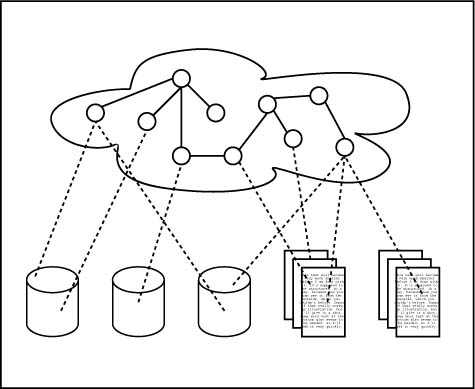Apache Kafka: Online Talk Series
From the webpage:
Watch this six-part series of online talks presented by Kafka experts. You will learn the key considerations in building a scalable platform for real-time stream data processing, with Apache Kafka at its core.
This series is targeted to those who want to understand all the foundational concepts behind Apache Kafka, streaming data, and real-time processing on streams. The sequence begins with an introduction to Kafka, the popular streaming engine used by many large scale data environments, and continues all the way through to key production planning, architectural and operational methods to consider.
Whether you’re just getting started or have already built stream processing applications for critical business functions, you will find actionable tips and deep insights that will help your enterprise further derive important business value from your data systems.
Video titles:
1. Introduction To Streaming Data and Stream Processing with Apache Kafka, Jay Kreps, Confluent CEO and Co-founder, Apache Kafka Co-creator.
2. Deep Dive into Apache Kafka by Jun Rao, Confluent Co-founder, Apache Kafka Co-creator.
3. Data Integration with Apache Kafka by David Tucker, Director, Partner Engineering and Alliances.
4. Demystifying Stream Processing with Apache Kafka, Neha Narkhede, Confluent CTO and Co-Founder, Apache Kafka Co-creator.
5. A Practical Guide to Selecting a Stream Processing Technology by Michael Noll, Product Manager, Confluent.
6. Streaming in Practice: Putting Kafka in Production by Roger Hoover, Engineer, Confluent. (Registration required. Anyone know a non-registration version of Hoover’s presentation?)
I was able to find versions of the first five videos that don’t require you to register to view them.
I make it a practice to dodge marketing department registrations whenever possible.
You?
